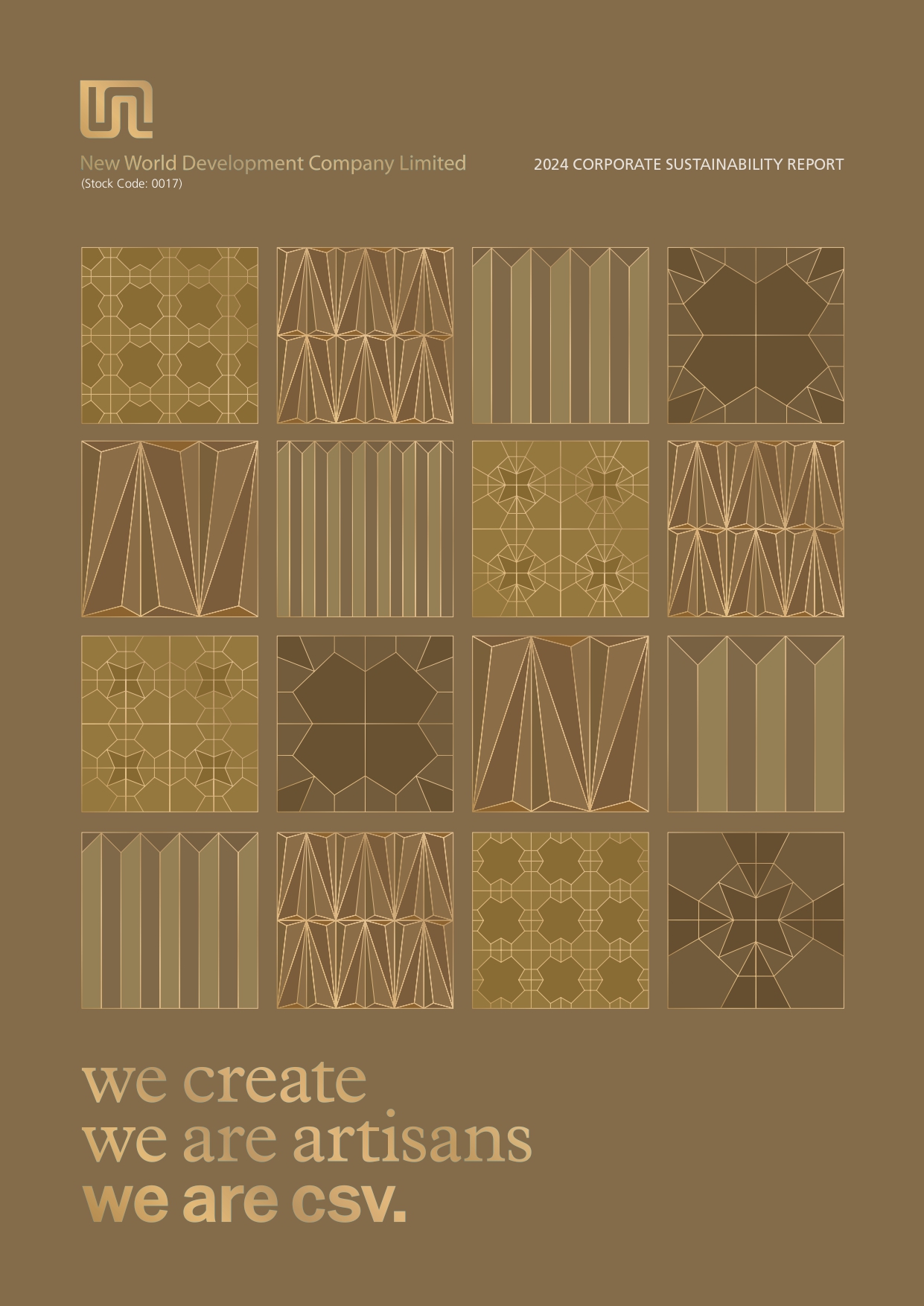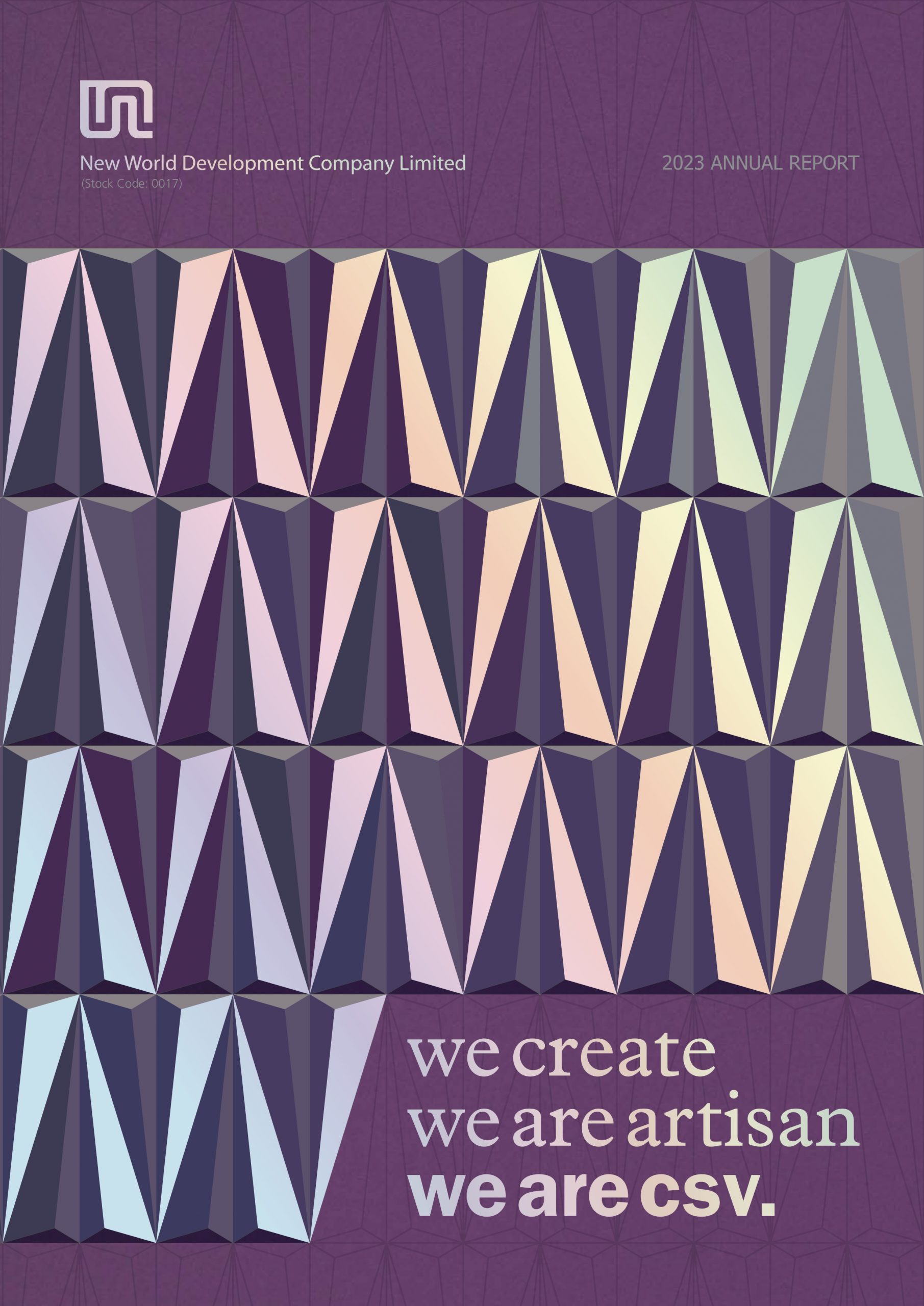Content
- When can you safely choose a Fixed-Price contract?
- Digital Product Development vs Software Outsourcing – What Should You Choose?
- Time & material limits risk
- What Does a Time-and-Materials Contract Mean?
- What is the Fixed-Price model?
- A Few Words about Time-and-Material vs Fixed Price Models
- The Cost of Quality in Software Development – Is the Quality Worth It?
- Disadvantages of Time and Materials Pricing Models
We endeavor to answer all inquiries within 24 hours on business days. Give us a call or leave a message, we endeavor to answer all enquiries within 24 hours on business days. When the price of the goods or services drops, then, in this case, the buyer will sit at a disadvantage and the seller at an advantage. This may leave your small business owing much more than the value of the contract.
It allows the customer to clearly plan their budget and gain confidence that everything will be done at no extra cost. However, Fixed Price is possible subject to strictly defined requirements and assumes the amount of work will not change in the process. How long do you think does it take to prepare a fully comprehensive specification of the requirements and features of your product?
And while this might be true for when you order a pizza, this is never the case when you order custom-made software. What’s more, there’s a “set in stone” deadline by which time the client is “guaranteed” to be presented with the ready product. And with a detailed plan including goals and milestones, they can easily track the progress of the project. There’s no need for the client to supervise the project either, so everything sounds clear and predictable. If your project is a small one, with clearly defined features and little risk of things changing, a Fixed-Price model might be what you need. The most common reason for a fixed price for a product is control or mandate by some external entity.
Let us omit revenue-related issues and the vendor’s point of view and proceed to high-level specifics and nuances, taking a broader look at corresponding processes. In our article, you will find the best JavaScript framework comparison so that you know for sure how to choose the right one for your project. When developing a web application, one of the main things you should keep in mind is its ability to easily handle the influx of users.
When can you safely choose a Fixed-Price contract?
You should analyze whether you should pay a fixed price or hourly rate for your web development project development. Hourly rate is another of the most popular payment models for project development. This model is suitable for customers who do not yet know the exact deadlines and requirements. Time and material contract is not about being unprepared to work on the project. Yes, it needs a plan and requirements but they are more values the product has to provide. It’s about bringing value, developing a product that adjusts to its growth.
Fixed price model in IT industry does not allow making significant adjustments as the project progresses. However, if such a need arises, the Cleveroad can instigate a supplementary agreement and reestimate the final cost. The Client’s value focus always develops from the launch of an MVP to regular product delivery and satisfaction of market expectations. • The fixed-price approach focuses on delivery of a software product, which comprises a set of requirements that are worked out in detail and fixed after the final approval of the Client. This set includes technology stack, functional and non-functional requirements, and acceptance criteria.
Digital Product Development vs Software Outsourcing – What Should You Choose?
The fixed-price model ensures that a project is done and delivered within a specific timeframe and budget. Every aspect of the development process, project management, quality monitoring and assurance are on the service provider. What is the difference between a fixed-price and cost-plus contract?
A fixed model is perhaps the most viable one for routine tasks, and it works well for young companies too. Not all product owners want to spend their valuable time overseeing the project, and sometimes, it might not even be the firm’s main priority. Fixed price requires less involvement from the product owner, and it brings clarity to project management. Predictability — a business owner can easily plan other company expenses, distribute the budget of the company without having to face unexpected additional costs. Precise pricing — a product owner knows exactly how much to invest.
At this stage, you also plan and release a commercial version of your application. In other words, the failure of the project can lead to loss of money. The fixed-price contract model doesn’t guarantee a result so the customer bears all the risk. We have helped several small and mid-size businesses in project planning – fixing the delivery time and cost that are in-line with their specific operational goals and objectives & overall budget. Under this model we ensure delivering software solution and other services at a fixed or pre-determined rate.
Any adjustments to the project can postpone the final release and the project can become overdue. Our teamGet fixed price vs time and material to know the team that makes us one of the best strategy and technology consulting companies in Europe.
Time & material limits risk
On top of that, the time & material model requires significant transparency from the software house. This allows you to track progress and know exactly where the team is at any point. So, In these kinds of cases, it is, at times, challenging to add any amendments to a fixed-cost agreement.
Intelegain’s Fixed Price model enables you to know and settle upon the exact cost and time estimates for your project, in advance. Thus, the project cost remains the same as long as the client requirements do. Some unreliable developers may overestimate the time required to complete tasks, which can lead to unreasonable additional costs.
What Does a Time-and-Materials Contract Mean?
The truth is, a good contractor will most likely start a project with a Discovery Phase. Therefore, you won’t need to worry about too little time spent on analyzing the functionalities and features that your future product needs. Detailed plans made before the development kicks off don’t prevent budget overruns and don’t guarantee the quality of the final outcome.
You are guaranteed that the final software development cost will not exceed the amount indicated in the contract. Your involvement in the process is very deep before the start of development, at the stages of discussions and elaboration of requirements. After the start of development, your involvement is minimal until the product is delivered.
Both the price and the development time frame are set before the project starts. Larger projects might be broken into chunks, each with its own deadline and requirements. The requirements for the minimum viable product are defined at the start. Also, the requirements may evolve during the software development process.
- Fixed price is the ideal pricing mechanism for projects with a clear volume and stable set of requirements.
- If the project scope is well-defined and change orders are kept to a minimum, the price shouldn’t vary from the agreed-upon price at the project’s start.
- In our experience, we see that, more often than not, predicting accurate outcomes at the early development stages is impossible.
- In a nutshell, customers must balance their expectations of quality, deadlines, and price.
- You pay a lump sum of money to the developing company in exchange for specific results being delivered.
- The fixed-cost agreement controls the effort and professionalism which a contractor must exercise while working under the contract.
- The more complex is the project, the more difficult it is to get started since new details always come up.
This means even if payment is handled before the project begins or comes in well after it’s complete, the revenue will be recognized in the period it is earned. If you follow cash-basis accounting, this will not be the case. Regardless of your processes, it’s important to include in your contract when payment will be rendered, and then plan accordingly.
A fixed cost pricing model is a model that guarantees a fixed budget for the project, regardless of the time and expense. The main advantage of a fixed price model is that it allows the client to plan and set an exact budget. Fixed cost pricing model approach is best suitable for projects with a strictly defined scope and requirements that won’t change. Any changes will require additional estimation and additional contract.
What is the Fixed-Price model?
But after the agreement is concluded any changes in features or scope would result in a change in both price and schedule. So it is important to discuss every detail and make an estimate of the appropriate cost for the project delivery at the very beginning. Some of our clients had a rather small but well-defined scope of work. While searching for a suitable software outsourcing vendor, they were able to polish it. They had budget constraints and were in need of a fixed price contract and guaranteed delivery on time and budget.
A Few Words about Time-and-Material vs Fixed Price Models
• Vendor’s project management is responsible for the delivery of the product according to the approved documentation. The Client communicates directly with the project manager, but usually does not communicate with the team members, who are focused on development and delivery within the approved cost and timeframe. After the start of development, the main involvement of the Client concerns change request management (in case of need; it may affect the cost). The fixed-price contract puts all risks on the shoulders of your Vendor.
The Cost of Quality in Software Development – Is the Quality Worth It?
Some buyers may worry they’re essentially handing the seller a blank check. You understand exactly how much and what you are paying for. The Pricing terms are documented, so no one can present you with an invoice for additional costs. Advises the client not to interrupt the development of the current option, as it could lead to additional costs.
Disadvantages of Time and Materials Pricing Models
During almost 8 years of practice we have seen that at the large project’s development start, customer very rarely has an accurate idea about all the required functionality. With the step by step project development, we together https://globalcloudteam.com/ with the customer delve deeper into the project’s needs, this is how new ideas and improvements appear. Time and Material model is very convenient in this case — you can make adjustments directly in the course of the work.
In addition, the fixed-price needs defined requirements, so the software house can estimate the cost of their implementation. Anything not included in the requirements is beyond the scope of work. So, if you aren’t sure what your project is exactly, you don’t have detailed specifications, listed features, don’t go into fixed-price agreement because you will pay more. In the software development world, the fixed price vs time and materials clash is a never-ending dispute.
So it’s an opportunity for you to spend this time on your own. You can focus on your company issues or simply take a vacation and go to a seaside while your web project is under the professional guidance. The simplicity here may sound appealing, and it really is. However, the easiness at the start does not always translate to positive results later down the line. These two advantages are worth bearing in mind, but you’ll note that there are quite a few disadvantages to consider as well. To release the first version of the product, which is the minimum viable product , with working functionality in a short time as possible, and launch user testing of this version.


